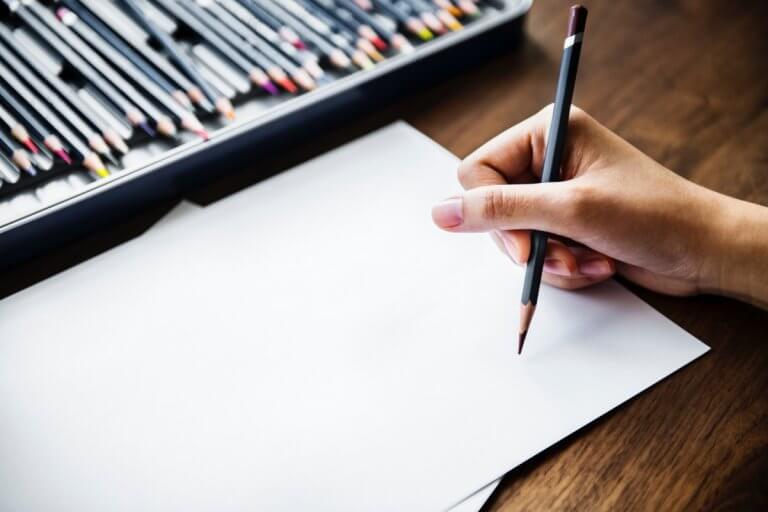
As a law student not too long ago, I had tonnes of case names to memorise. They extended to the hundreds for my final year exams, and when it came to the bar exam, they went up to the thousands. I had to remember each and every one to answer the questions, which were mercilessly scheduled over a short, two-week period.
The way many tried to attempt this feat was to write down the cases and read them repeatedly until they stuck. It wasn’t a method that worked well for me – not even close! For me, mnemonics worked best but when your list of cases to remember run up to the thousands, even mnemonics don’t cut it anymore.
But one thing did: drawing.
To remember the mnemonics in order to remember the cases, I started illustrating them. For example, to remember the cases related to Donoghue v Stevenson – such as Hedley Byrne v Heller, Home Office v Dorset Yacht Co, and Caparo Industries plc v Dickman – I would shorten it to HBHHODYCC and made a sentence out of it like Happy Birthday Holly Hunter who OD-ed Young, Cute and Cashless. These sentences alone would not stick in mind, but an image of a Hollywood actress in a bad way, weirdly while next to a birthday cake, would – and that was what I drew.
Praise the heavens above, it worked and I passed the dreaded bar exam.
Turns out I was employing what’s probably the most effective, research-backed study technique.
Source: Giphy
In a new study, “he Surprisingly Powerful Influence of Drawing on Memory, researchers explored whether drawing what we’re learning can enhance how well we remember it. The results? They found “a reliable, replicable means of boosting performance” for learning “individual words and pictures as well as textbook definitions”.
For this research, volunteers were asked to memorise a list of words or definitions, where half were asked to do so by repeatedly writing them down, the other by drawing them. When tested for recall, the latter performed best.
Drawing lets our brains engage with the new material in so many different ways – conceptualising in detail, then physically rendering that idea followed by looking at the visual product of it – and researchers hypothesise this as a possible reason why the drawing group did better.
This wasn’t the first study to discover this. In Stick Figures: Drawing as a Human Practice, design historian DB Dowd asks us to get rid of our self-consciousness about producing the best likeness and revisit the idea of drawing as a process, instead of something reserved for “artists”.
“We have misfiled the significance of drawing because we see it as a professional skill instead of a personal capacity,” he writes. “This essential confusion has stunted our understanding of drawing and kept it from being seen as a tool for learning above all else.”
Dowd, Professor of Art and American Culture at Washington University in St Louis, said schools have lumped drawing with painting and confined it in an “aesthetic cage” for centuries.
In an age of Google-based learning, where Googling “airplanes” results in thousands of pictures of commercial airliners, this gives us “a narrow result from a general inquiry” and “keeps us from seeing a wider world”. Drawing, he suggests, is an antidote to this.
“Drawing works in exactly the opposite way: close observation of almost any particular engages the senses and heightens experience, making the world seem bigger, not smaller.”
Liked this? Then you’ll love…
The learning methods behind metacognition
Should the K12 education system include experiential learning plans?







